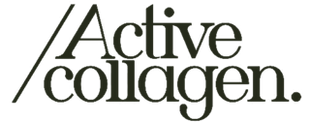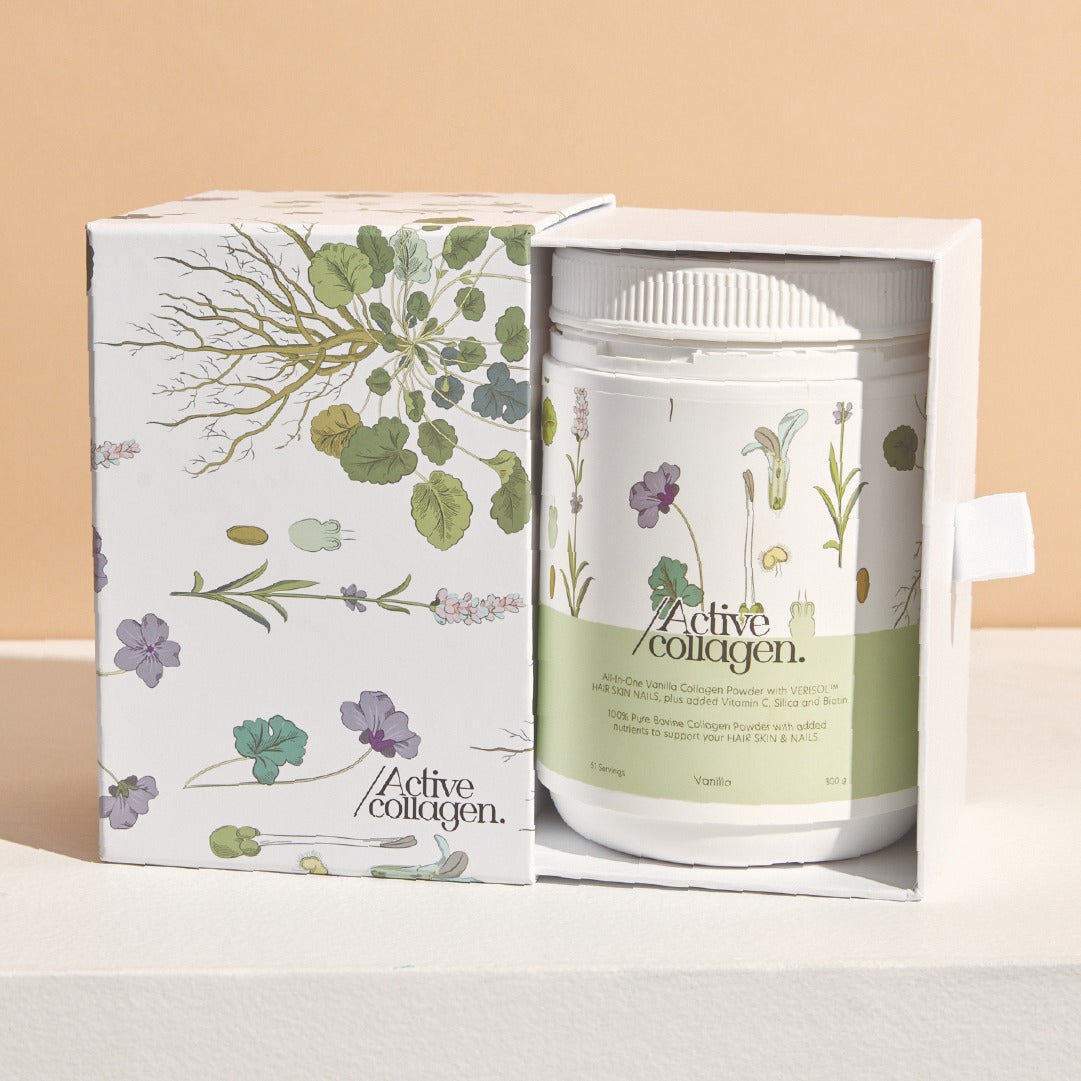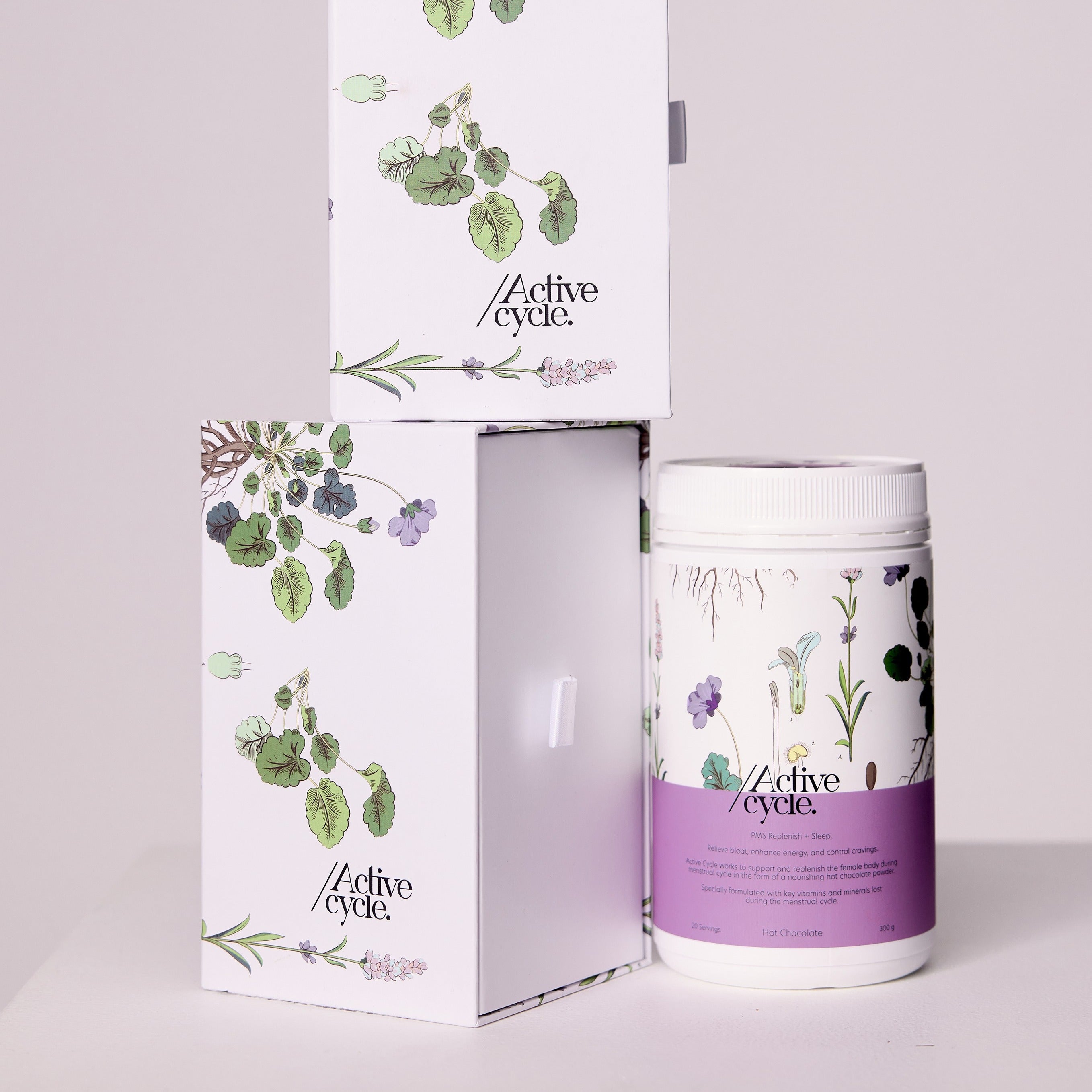Unfortunately endometriosis – commonly referred to as endo – is a chronic condition that more than 10% of menstruating women suffer from. Essentially, it mainly involves a great deal of pelvic pain, very painful periods and has strong associations with infertility.
Endo is a complex condition that is categorized amongst the oestrogen dominant inflammatory processes. The inflammation predominantly affects the pelvic tissue including the endometrium, ovaries and lower abdominal cavity. The oestrogen dominance is said to commonly drive the growth of endometrial tissue outside of the endometrium (extrauterine tissue) - such as in the ovaries or lower abdomen – but has also been found to grow less commonly in other areas of the body like the brain, diaphragm and bowel.
One of the biggest issues is that the endometrial tissue that grows outside of the uterus actually acts the same as normal endometrial tissue. So, during our menstrual cycle the extrauterine tissue will also thicken, shed and bleed which gives rise to chronic pain.
Endo affects not only the physical health of a woman but also their social, professional and economic health. And because of its prevalence in young women education on endo needs to be louder, especially that it can only be correctly diagnosed through laparoscopy.
Although curing endo is a very difficult process there is research on potential factors that can help address its severity. Read on for the DL on how endo can be managed from a nutritional perspective.
Anti-Inflammatory Foods
Dietary changes are one of the most effective ways in managing endo pain. If we look at dietary changes in terms of helping the inflammatory aspect of endo, then following a diet rich in plant-based products (vegetables, fruits, legumes, nuts, wholegrains), higher fish intakes, lower red-meat and dairy, and abstaining from high inflammatory foods such as alcohol, refined sugar, saturated fats and salt is sure to be beneficial. This is due to the effect that plant-based foods have on decreasing oestrogen availability and inflammatory markers that are often raised in those diagnosed with endo.
Although, adhering to particular dietary changes has also shown benefit. Studies have found that after initiating a gluten-free diet and sticking to it for 12 months symptoms of pain were decreased. Also, the effects of particular anti-inflammatory nutrients like vitamin D and omega 3 fatty acids have shown promising effects. Both have shown benefits in decreasing extrauterine cell growth and proliferation which is valuable in reducing endo progression.
Omega 3 rich foods: oily fish (salmon, tuna), walnuts, chia seeds, hemp seeds
Vitamin D rich foods: egg yolk, liver, salmon
Supporting Progesterone Production
Progesterone is produced through monthly ovulation from the ovaries and adrenal cortex, and in endo there is a resistance against progesterone within the endometrium. Progesterone normally acts with anti-oestrogenic actions which stops the multiplying of endometrial cells and shedding of the uterine lining.
Progesterone production, and most importantly ovulation, can be supported through certain nutrients. Progesterone’s best friend is vitamin C – or ascorbic acid. Vitamin C is a potent antioxidant that is vital for maintaining a balance of inflammatory cells, such as reactive oxygen species (ROS), within the body which are linked to the inflammatory process of endometriosis. Results show that higher levels of ascorbic acid within the body are associated with higher progesterone levels.
Also, simply making sure you are eating enough for your body to actually stimulate, and support ovulation is key. Without enough energy available your body will not prioritise ovulation, as this is associated with reproduction. Undereating may also cause another aspect of stress within the body which is not ideal for healthy ovulation. Listen to your body and feed it the nourishing foods it deserves!
Vitamin C rich foods: citrus, berries, kiwi fruit, tomatoes, dark leafy greens, brassica vegetables like broccoli.
Immunity Boosters
By supporting our immunity we can also support our inflammatory responses. Inflammation is driven by our immune systems response to harm, and in endo this is in response to the growth of extrauterine tissue.
Turmeric: this powerful agent known as curcumin is a major anti-inflammatory mediator, it is the active compound found within turmeric. Apart from being a strong anti-inflammatory, curcumin also acts on the immune system by regulating the activation of immune cells – such as T and B cells – which would normally activate an inflammatory response. By inhibiting the activation of inflammatory factors this can help reduce endometriosis development.
Vitamin D: besides being a helpful anti-inflammatory, deficiencies of vitamin D are shown to correlate with a weakened immune system. Studies have shown that those with low vitamin D status are at a potentially higher risk of endometriosis and worsened levels of pain are experienced. This is due to the strong immunomodulatory effects of vitamin D; it helps to maintain a healthy immune system. Get out into unfiltered sunshine for just 10 minutes a day to help boost your vitamin D levels.
Providing your body with the right nutrients cannot be stressed enough when supporting endometriosis. Our Active Cycle hot chocolate powder is packed full of nourishing nutrients and formulated to support your body’s needs for healthy menstruation and hormone levels.
If you suspect you may be suffering from endometriosis, reach out to a qualified health professional.
Bulun, S. E., Yilmaz, B. D., Sison, C., Miyazaki, K., Bernardi, L., Liu, S., Kohlmeier, A., Yin, P., Milad, M., & Wei, J. (2019). Endometriosis. Endocrine reviews, 40(4), 1048–1079. https://doi.org/10.1210/er.2018-00242
Marziali, M., Venza, M., Lazzaro, S., Lazzaro, A., Micossi, C., & Stolfi, V. M. (2012). Gluten-free diet: a new strategy for management of painful endometriosis related symptoms?. Minerva chirurgica, 67(6), 499–504.
Nodler, J. L., DiVasta, A. D., Vitonis, A. F., Karevicius, S., Malsch, M., Sarda, V., Fadayomi, A., Harris, H. R., & Missmer, S. A. (2020). Supplementation with vitamin D or ω-3 fatty acids in adolescent girls and young women with endometriosis (SAGE): a double-blind, randomized, placebo-controlled trial. The American journal of clinical nutrition, 112(1), 229–236. https://doi.org/10.1093/ajcn/nqaa096
Zhang, P., & Wang, G. (2023). Progesterone Resistance in Endometriosis: Current Evidence and Putative Mechanisms. International journal of molecular sciences, 24(8), 6992. https://doi.org/10.3390/ijms24086992
Mumford, S. L., Browne, R. W., Schliep, K. C., Schmelzer, J., Plowden, T. C., Michels, K. A., Sjaarda, L. A., Zarek, S. M., Perkins, N. J., Messer, L. C., Radin, R. G., Wactawski-Wende, J., & Schisterman, E. F. (2016). Serum Antioxidants Are Associated with Serum Reproductive Hormones and Ovulation among Healthy Women. The Journal of nutrition, 146(1), 98–106. https://doi.org/10.3945/jn.115.217620
Abramiuk, M., Grywalska, E., Małkowska, P., Sierawska, O., Hrynkiewicz, R., & Niedźwiedzka-Rystwej, P. (2022). The Role of the Immune System in the Development of Endometriosis. Cells, 11(13), 2028. https://doi.org/10.3390/cells11132028
Vallée, A., & Lecarpentier, Y. (2020). Curcumin and Endometriosis. International journal of molecular sciences, 21(7), 2440. https://doi.org/10.3390/ijms21072440
Qiu, Y., Yuan, S., & Wang, H. (2020). Vitamin D status in endometriosis: a systematic review and meta-analysis. Archives of gynecology and obstetrics, 302(1), 141–152. https://doi.org/10.1007/s00404-020-05576-5
Sassi, F., Tamone, C., & D'Amelio, P. (2018). Vitamin D: Nutrient, Hormone, and Immunomodulator. Nutrients, 10(11), 1656. https://doi.org/10.3390/nu10111656
Religi, A., Backes, C., Chatelan, A., Bulliard, J. L., Vuilleumier, L., Moccozet, L., Bochud, M., & Vernez, D. (2019). Estimation of exposure durations for vitamin D production and sunburn risk in Switzerland. Journal of exposure science & environmental epidemiology, 29(6), 742–752. https://doi.org/10.1038/s41370-019-0137-2




